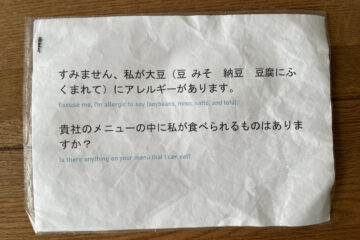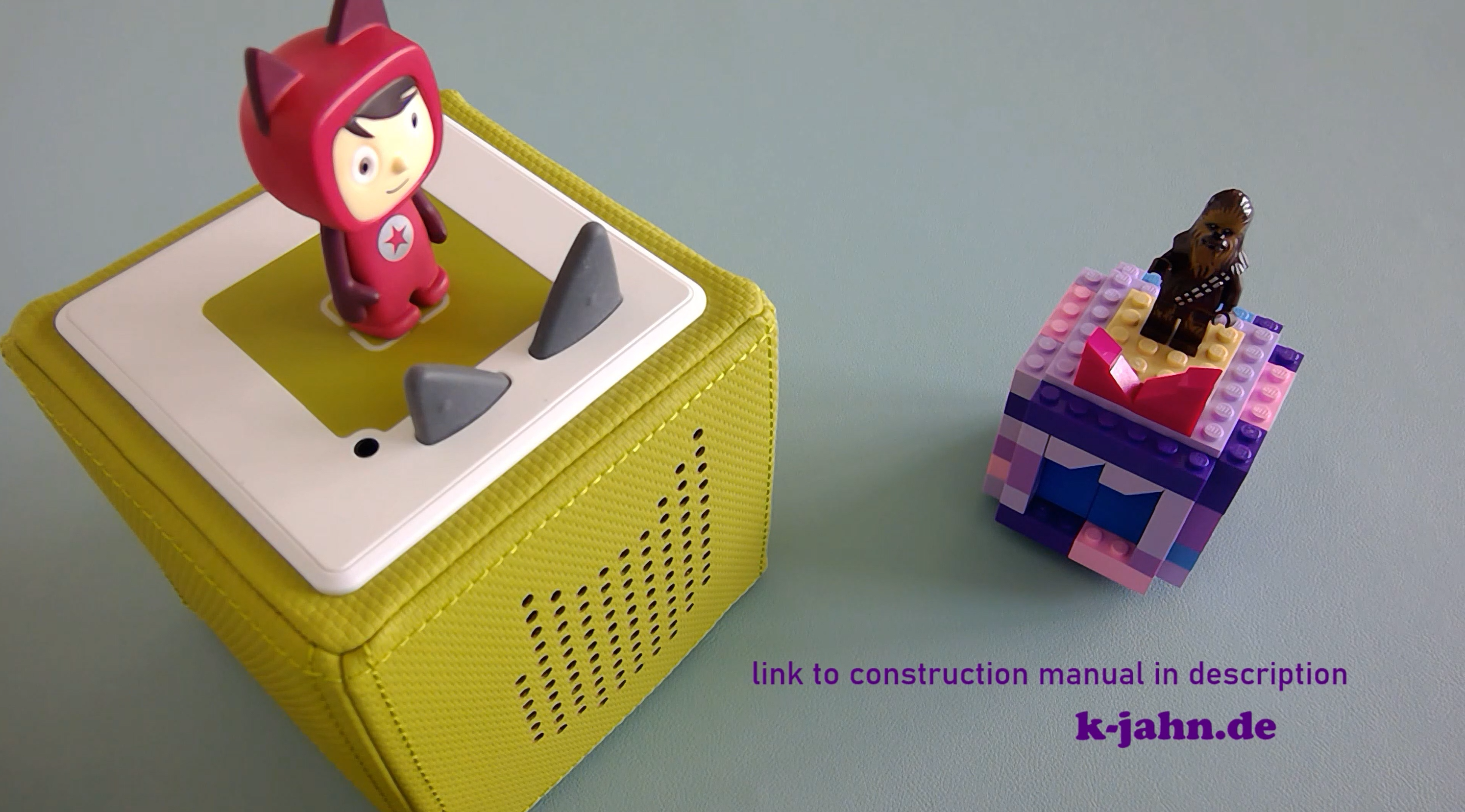I introduced this little Christmas series the other day, explaining that I compare scrum to modern soccer. Yesterday then, I focused the efficiency in both disciplines. Today I discuss cross-functional teams.
Let’s again go back in soccer history a bit. Not as much as in the last part though. Until recently, say before the year 2000, it was quite common for every player in a soccer team to have a clearly defined task. There were not only defenders, midfielder and strikers, it was way more fine-grained. There were roles like defensive right midfielder, left winger or center forward. These roles describe the positions on a pitch, where a player would be. And players sticked to their positions, no matter what.
A player that is supposed to stand on the front left, stayed on the front left. Regardless what happens around them. They would wait there until the ball gets closer to their “area of work”.
The defensive strategies soccer run through in the last century are similarly stiff. When the tactics changed from just focusing on the ball, players first practiced a one to one coverage. Every player had their counter player from the other side on the pitch. Sometimes it looked like 10 couples running up and down the field. Not necessarily bothered by the ball.
Later, the zonal marking was introduced. Then every player had a predefined zone to watch and defend. Again, players would stick to their zones. If the ball was not penetrating it, the players just stayed in their zones, waiting. The description of work for each player was so specific, that each had a defined job to do, which limits their activities.
Obviously, that is a generalization. There were plenty of exceptions. But it is easy to see that many of these exceptions became huge stars.
Franz Beckenbauer, for example, who was a defender, but had the cheek to just leave his position and run forward with the ball. As every opponent was too busy defending their empty zones or inactive players, Beckenbauer could run across the whole pitch without being attacked.
Or take Maradona, who did not have a position at all. He was figuratively everywhere, which was against the defensive patterns of that time. That made him so difficult to defend.
The approach to imitate behavior like this, and of course trying to defend players with behavior like this, is the cradle of modern soccer. Today, the top teams of the world do not have fixed positions anymore, rather orientations for players according to their skills. But no matter whether a player is considered a winger or a striker, each of them has to defend. Just as each team member has to attack. In modern soccer, the match is played on a sub-part of the pitch, which is shifted constantly. Everyone within this sub-pitch has to defend or attack. The collective offensive pressing of Barcelona, for instance, became the key to their success.
A very specific example here is the goal keeper. Traditionally, a goalie’s job is to stand between the posts and try to keep the other team from scoring. And then Arsène Wenger bought Jens Lehman for Arsenal FC. It was the first time that a keeper’s job description contained “play football”. Lehmann being able to play passes that reach their target (which was not common for keepers in the last century) became part of Arsenal’s strategy, so they figuratively had one playing person more on the pitch than their opponents. The modern goal keeper was born.
In scrum this concept is called cross functional teams. There is no grouping into business analysts, designers, programmers, testers and what not anymore, like it used to be in traditional software development. Instead there is one team. People in the team have different backgrounds, experiences and expertise, but they are not limited to that. It is specifically required that all team members have more knowledge than just in one field. The members learn from each other, which increases the team’s skill set and allows it to be more flexible (read: agile).
Designers should be able to run the tests and the programmers should be able to analyze the business case. The idea behind that is simple, just like in modern soccer, the team and the product (ball and score) is the focus, not the individual team members. The lean term for this concept is “stop and fix”. Whenever a team member sees a problem, they have to solve it. In modern soccer this is similar, whenever a player can help defending or attacking, they have to. Each of course according to what’s best for the team. Waiting and doing nothing is usually not among the valuable options…
This concludes my little Christmas series on the comparison between scrum and soccer. I hope you enjoyed it. Now watch soccer and adopt scrum!
And have a very happy new year, of course. 🙂



0 Comments